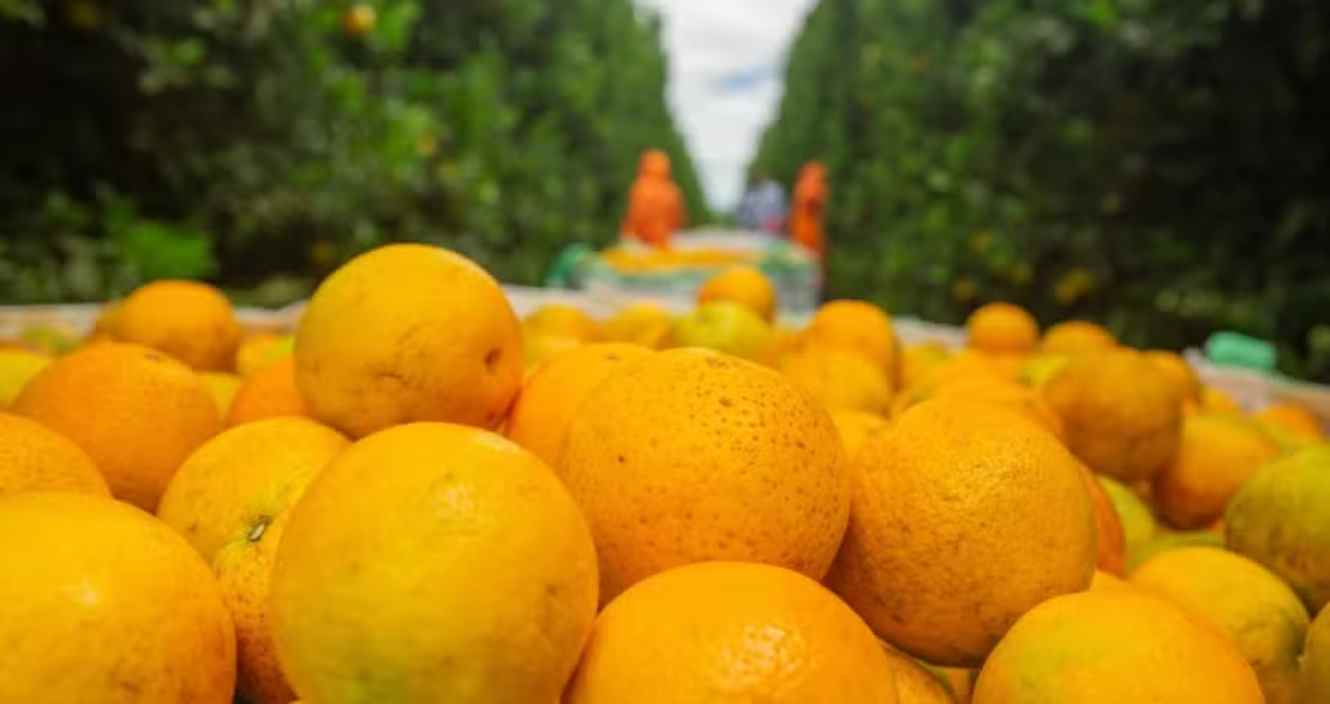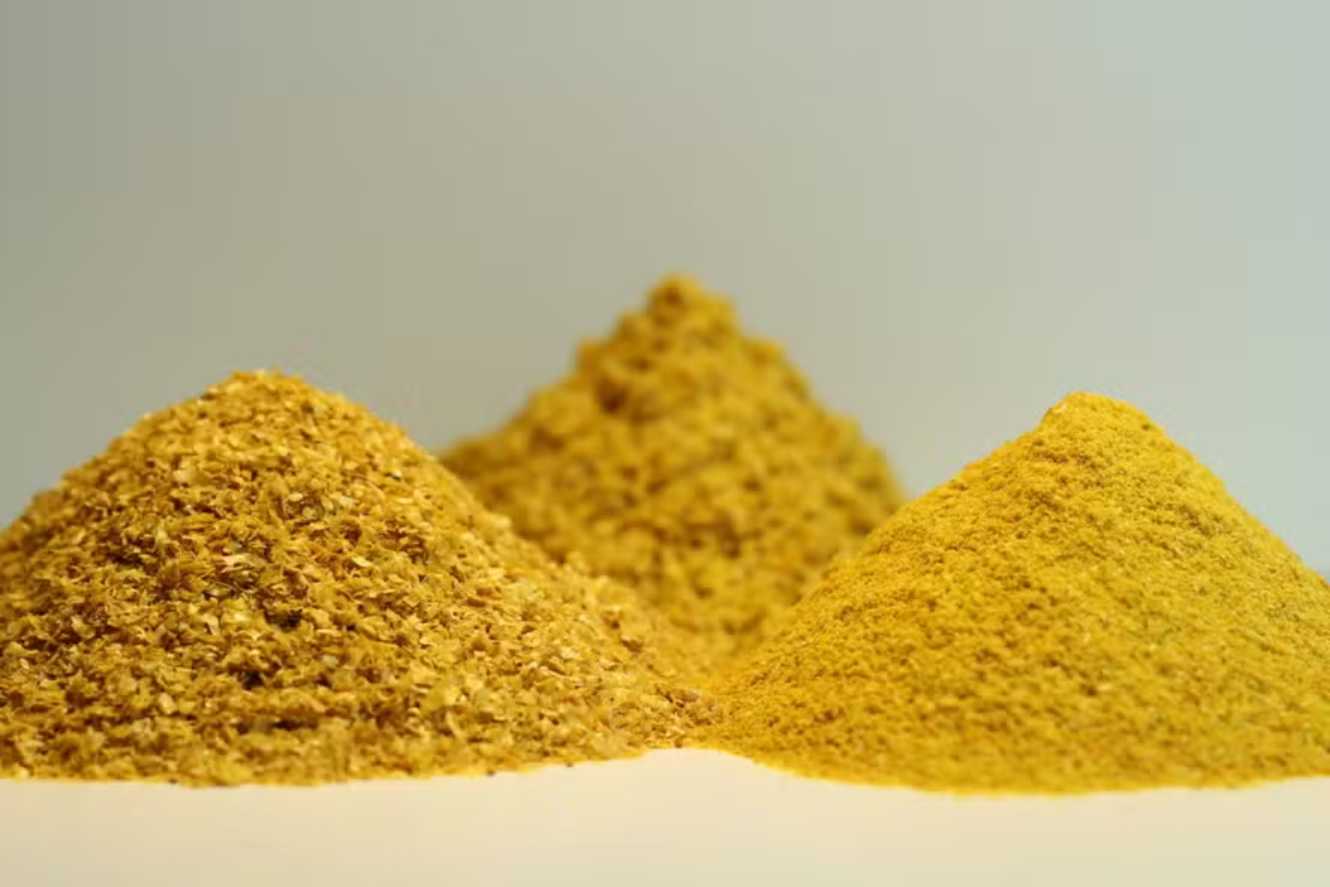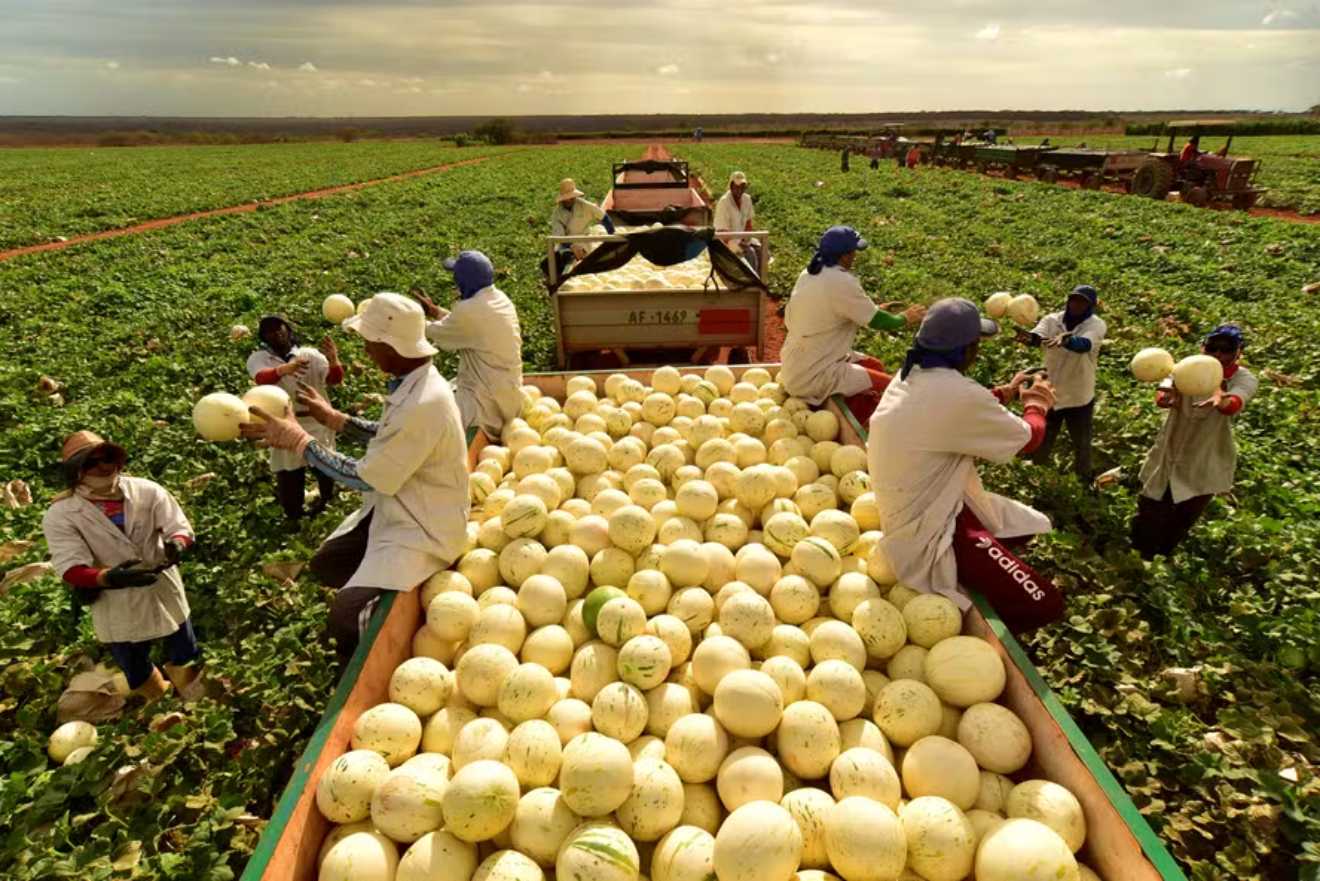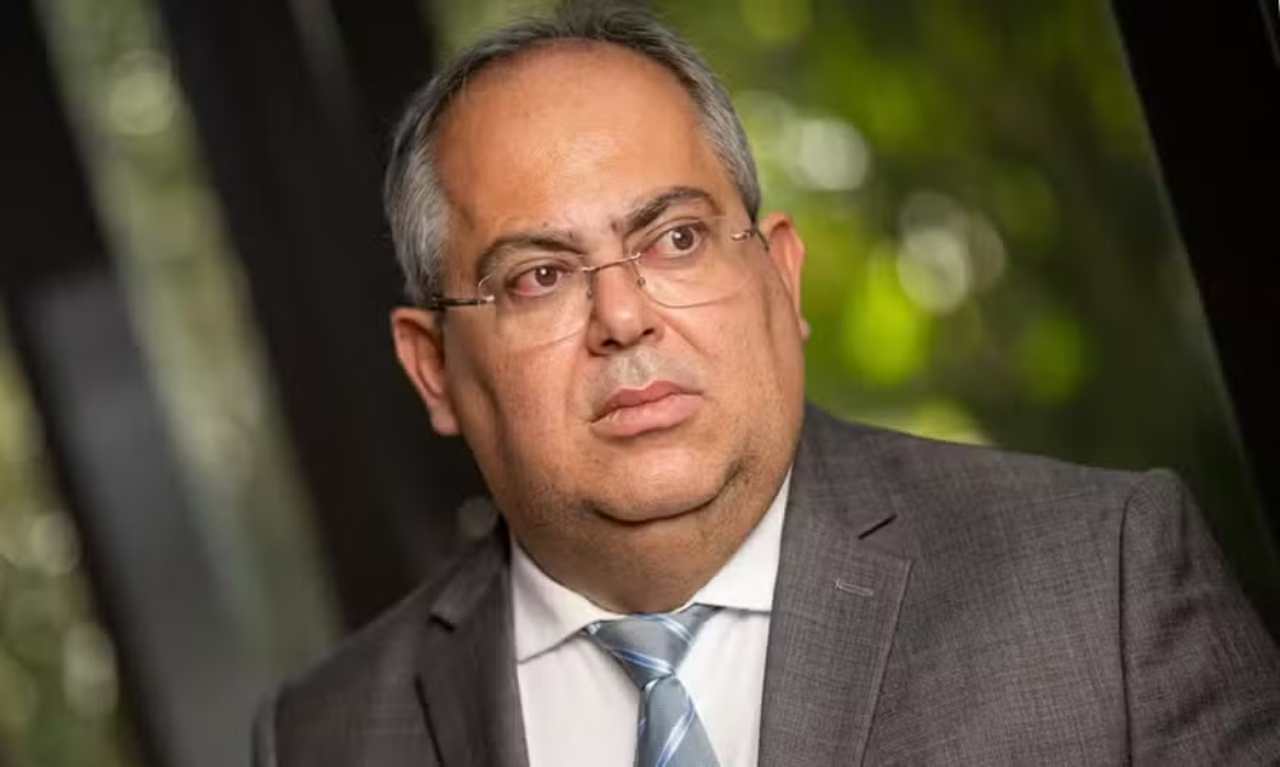Local Farmers Seize Opportunities Amid São Paulo and Minas Gerais Production Crisis
While orange farming isn’t new to Bahia, the recent downturn in production in São Paulo and Minas Gerais, mainly due to the spread of greening disease, has opened doors for family farmers in the region. With fruit prices on the rise, these farmers are capitalizing on the opportunity to invest in orange cultivation and meet growing market demands.
In Rio Real, located on Bahia’s northern coast, farmer Reginaldo Corsino do Nascimento now sells around 70% of his crop to industries in São Paulo, which are facing a reduced fruit supply from traditional sources in the Southeast.
“Due to São Paulo’s high demand, prices here started rising as well,” Reginaldo shares. Since last year, the price per ton has surged from R$900 to R$2,300, securing revenue and funds for his 11-hectare orange grove.
“Back when I first started investing, other farmers said it wasn’t worth it. Today, when they see my orchard, they say I got lucky. But it’s not luck; it’s faith, determination, and the courage to invest,” he says, recalling past skepticism.
Neighboring farmers’ doubts weren’t entirely unfounded. In 2012, Reginaldo’s entire crop was wiped out by a severe drought. “I’d shake the fruit, and they felt hollow, like peanut shells,” he remembers. On the verge of giving up, his son encouraged him to seek technical support and reevaluate his practices.
Technical Assistance
According to José Marcio Carôso, program coordinator at Senar in Bahia, around 264 orange growers in the state’s northern coastal region received assistance last year. He notes that, unlike São Paulo, where production is dominated by large-scale operations, Bahia’s citrus cultivation is distributed across small, family-run farms.
“Even small farmers must take a professional approach to citrus farming, or they won’t produce enough to secure income. But technical assistance is still limited in the area,” acknowledges Carôso.
Data from IBGE show that Bahia’s orange harvest area reached 49,300 hectares last year, a stable figure compared to the previous year. However, output jumped from 573,000 tons to 610,000 tons, reflecting a 6.5% growth.
For Reginaldo, Senar’s technical guidance helped double his yield from 15 tons to 30 tons per hectare, with plans to reach 40 tons per hectare this year.
Thirty-five kilometers away, in the José Elizeu Santos settlement, farmer Luan Gama Dantas is also seeing the benefits of technical support. After an initial attempt five years ago, he resumed citrus farming two and a half years ago with Senar’s backing. His first harvest yielded six tons on just one planted hectare.
“After my first experience, I decided to return to orange farming because it provides income year-round,” Luan explains.
Seasonal Differences
Another aspect that sets citrus farming in the Northeast apart from the Southeast is the production cycle, which, in Bahia, spans eight to ten months due to the warm climate and uneven rainfall throughout the year. With each rain shower, new blooms appear, bringing fresh fruit and ongoing revenue potential.
“Here, you harvest once, and in a few months, you’re harvesting again. This year, I’ve already made R$9,700 and am just waiting for the fruit to ripen to start the next harvest,” Luan shares happily.





